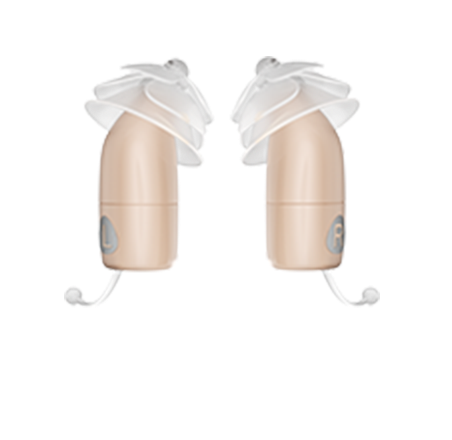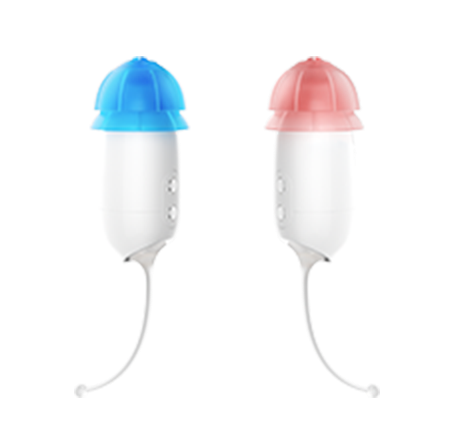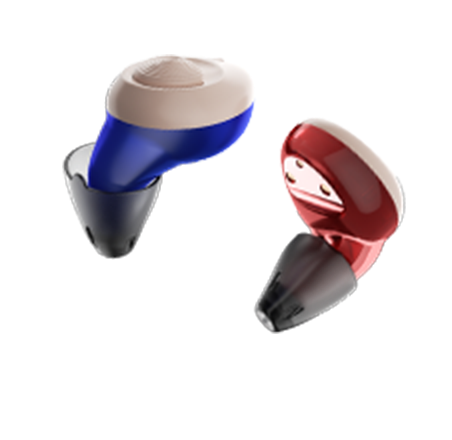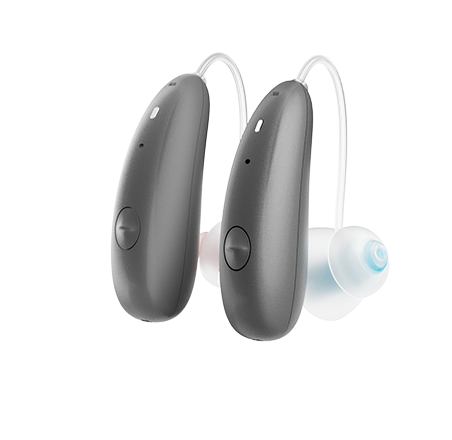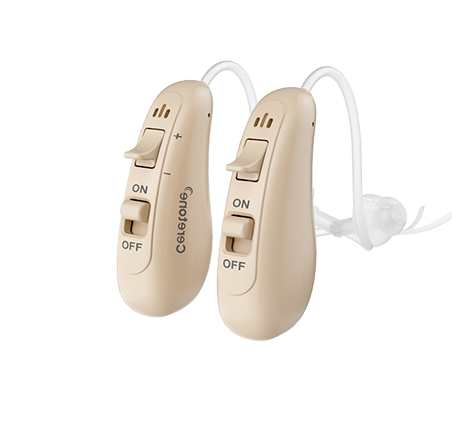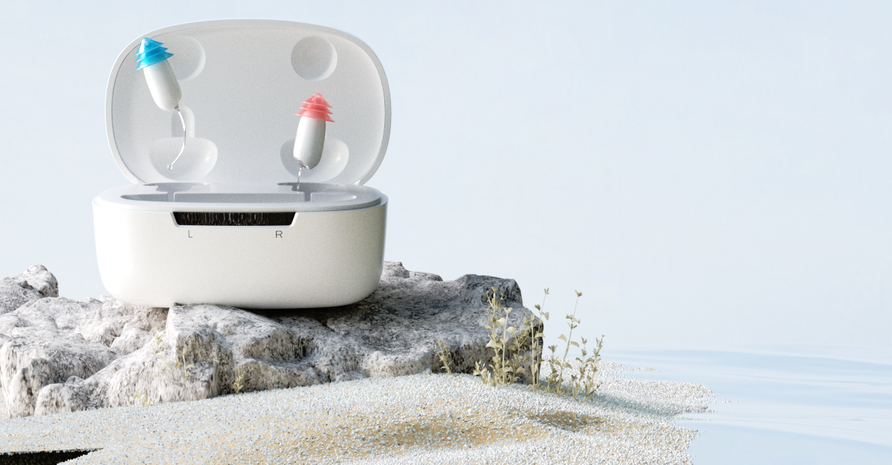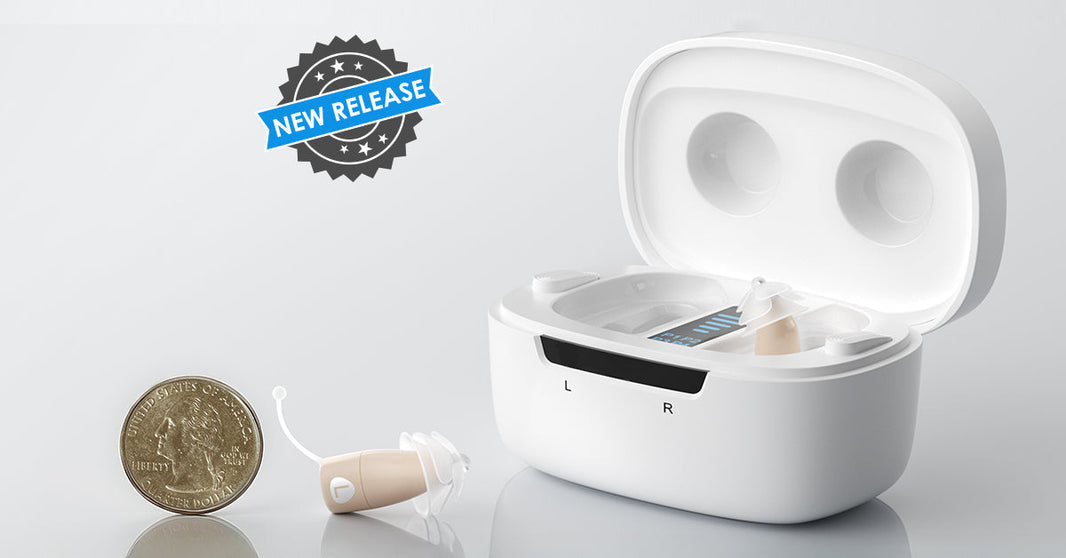
How Do Hearing Aids Work? Tech and Concepts Simplified
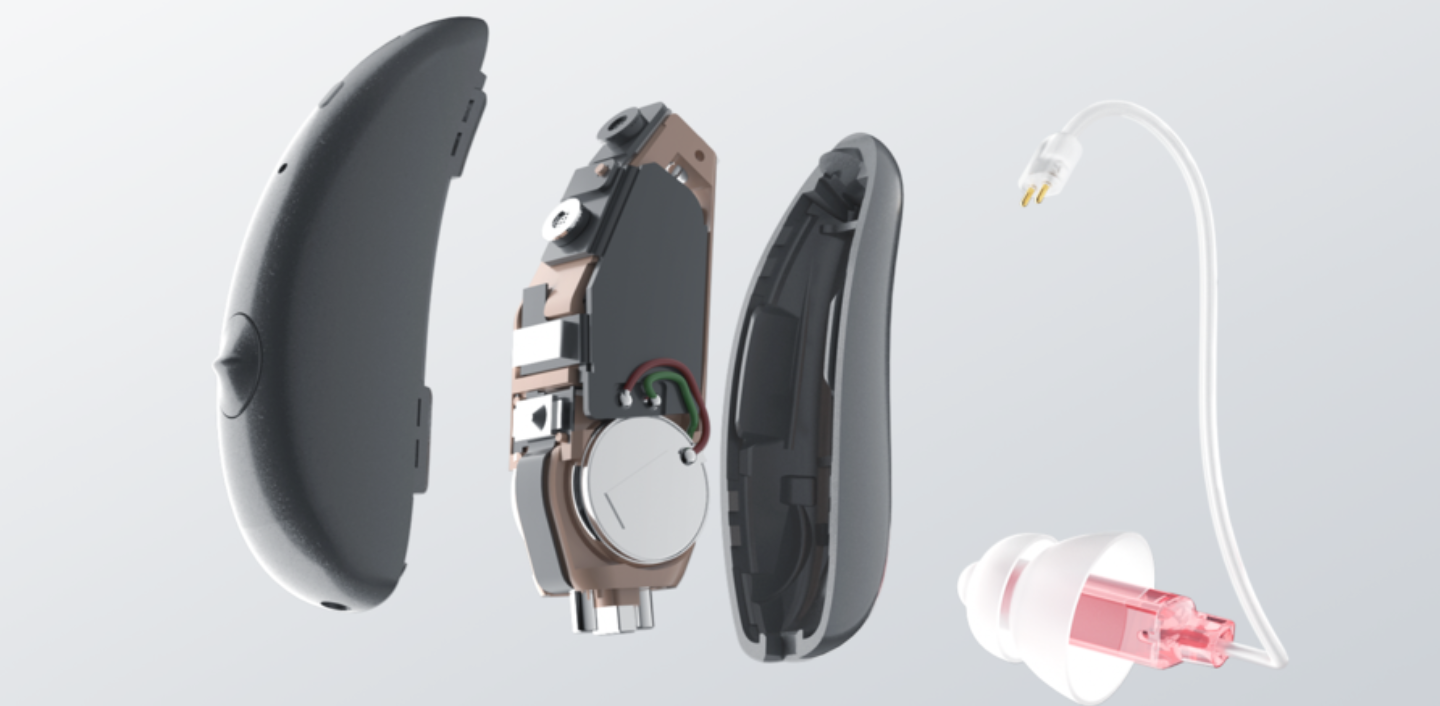
Millions of people worldwide struggle with hearing loss. In fact, the World Health Organization estimates that 430 million individuals require medical attention for their hearing problems. If you're one of them, consulting an audiologist is a crucial step. Before your appointment, understanding how hearing aids work can empower you to make informed decisions and have a more productive conversation with your audiologist.
Content Table:
- How Do Hearing Aids Work? The Science & Tech
- How Do Bluetooth Hearing Aids Work?
- How Do Bone-Anchored Hearing Aids Work?
- Conclusion
How Do Hearing Aids Work? The Science & Tech
Hearing aids are ear-mounted electronic devices that amplify and process sound to enable people with hearing problems to live full and productive lives. Fashionable hearing aids are essentially speakers that turn up the volume so that patients with limited hearing capabilities can better tune in to the sounds of their environment.
Though ears and hearing aids work under the same basic scientific principles, devices for assisted hearing have additional capabilities that augment our body's hearing mechanism. To better understand how hearing aids help improve the lives of people, this section will discuss:
- How do the ear and brain hear sounds?
- How do analog hearing aids work?
- How do digital hearing aids work?
How Do Your Ear and Brain Hear Sounds?
Imagine you are in a calm and clear pond. You throw a rock onto the pond. Do you see ripples in the water originating from the rock's point of impact?
The ripples in our hypothetical pond are vibrations. On a typical day, the sounds you hear are vibrations of the air that come from physical objects or living things. For instance, if you hear a dog barking, the animal's vocal cords vibrate the air around it in the same way that the rock in our example creates ripples in the pond.

These air vibrations, or sound waves, follow this path into your ear.
- Sound waves pass through the outer ear onto a narrow passageway called the ear canal (or external auditory canal).
- The eardrum (or tympanic membrane) moves following the sound waves, which causes the bones in the middle ear (or ossicles) to follow the same movement. The ossicles move in a way similar to how a hammer strikes an anvil.
- The middle ear bones amplify or increase the sound vibrations and send them to the cochlea, a fluid-filled snail-like structure.
- The movements of the middle ear's bones cause the fluid inside the cochlea to ripple, similar to how the rock creates ripples in the pond we discussed.
- The hair cells that line the cochlea translate the vibrations of its fluid into electrical signals.
- The electrical signals pass from the cochlea to the brain through the auditory nerve (or cochlear nerve).
- The brain interprets the electrical signals from the auditory nerve, enabling you to hear sounds.
How Do Analog Hearing Aids Work?
Like our ears, analog hearing aids essentially transform sound waves into electrical signals. However, unlike our natural hearing system, these devices can do the following: amplify (strengthen) sound and transform sound waves into data that can be manipulated (especially true for digital hearing aids, which will be discussed later).
Any form of hearing aid, whether analog or digital, has the following basic parts:
- Microphone
- Amplifier
- Receiver/Speaker
Here is how the various components of a typical hearing aid work with each other and with your bodily systems to help you hear and appreciate sound:
- The microphone picks up sound from the environment and converts these sound waves into electricity
- The electrical signals go to the amplifier, which strengthens them
- Amplified electrical signals are sent to the receiver/speaker
- The receiver/speaker converts strengthened electrical signals back into amplified sound
- Sound travels from the receiver/speaker into the ear canal and inner ear
- The inner ear transforms sounds from the receiver/speaker into electrical signals
- The brain pickups the electrical signals and interprets them as sound
These are the parts and functions of a typical hearing aid. Conventional hearing aids work using analog technology, where there is relatively less manipulation of electrical signals. In the following section, you will learn how digital technology takes hearing aids to a new level.
How Do Digital Hearing Aids Work?
Unlike their analog counterparts, digital hearing aids can convert electrical signals into digital signals and back into amplified sound. However, the word "digital" means that these devices have sophisticated computers that can:
- Convert electrical signals from the microphone into digestible information called bits
- Recognize and filter different types of sounds, such as speech and background noise

Digital hearing aids work by capturing sound with a microphone, converting it into a digital signal, and then processing it to meet the wearer's specific hearing needs.
This process involves converting analog sound into digital, applying advanced algorithms to reduce noise, eliminate feedback, and tailor the sound, and then converting the signal back to analog for amplification and delivery to the ear. This sophisticated approach enables clearer, more customized hearing in various listening environments.
Many digital hearing aids include additional advanced features to enhance user experience and convenience, such as:
- Bluetooth Connectivity
- Directional Microphones
- Telecoils
- Smartphone Apps
How Do Bluetooth Hearing Aids Work?

Bluetooth hearing aids contain T-coils, which are small copper antennas that enable hearing systems to receive FM signals from other electronic devices. Though many of these devices connect directly to Bluetooth hearing aids, some send signals through streamer accessories that convert the signals into FM radio waves.
Direct connection or streamer-mediated linkups lead to clearer sound for hearing aid users.
Through Bluetooth technology, you can use your hearing aid to receive clear calls from your Android or iOS smartphone and enjoy content from your entertainment systems.
Imagine a scenario where your Bluetooth-enabled smartphone is connected to your hearing aid. Once your friend calls you, your smartphone will send a signal to your hearing device's T-coil. Your hearing aid's microphone will then be deactivated while receiving the call, reducing the sound coming from your environment.
With this background interference reduced, you can focus on the sounds coming from your phone. The same principle also enables your hearing aid to receive clearer sound from your smart TV or Bluetooth-enabled music player.
Read More:
Bluetooth Hearing Aids: What You Need to Know & Buying Guide
How Do Bone-Anchored Hearing Aids Work?
All hearing aids, whether traditional or bone-anchored, ultimately aim to deliver sound signals to the brain. This is achieved by converting sound waves into vibrations that stimulate the cochlea, the hearing organ in the inner ear. The cochlea then transforms these vibrations into electrical impulses, which are interpreted by the brain as sound.
The key difference lies in the method of stimulation.
- Traditional Hearing Aids
These devices utilize the natural pathway of sound conduction through the outer and middle ear. The hearing aid's microphone captures sound waves, amplifies them, and then transmits them to the eardrum. The vibrations of the eardrum are further amplified by the middle ear bones, which ultimately stimulate the cochlea.
- Bone-Anchored Hearing Aids
Bypassing the outer and middle ear, these devices transmit sound vibrations directly to the inner ear through the bone structure of the skull. A small titanium implant is surgically placed in the bone behind the ear, and a sound processor is worn externally. The sound processor picks up sound and sends vibrations through the implant to the bone, stimulating the cochlea.

By directly stimulating the cochlea, bone-anchored hearing aids can be particularly effective for individuals with conductive hearing loss or single-sided deafness.
Read more: Bone Anchored Hearing Aids Types
Conclusion
Hearing aids, like our ears, can transform sound waves into electrical signals that can be processed. As sound waves pass from a hearing aid's microphone, into the amplifier and receiver/speaker, they get converted into electrical signals, then to stronger and better sound.
